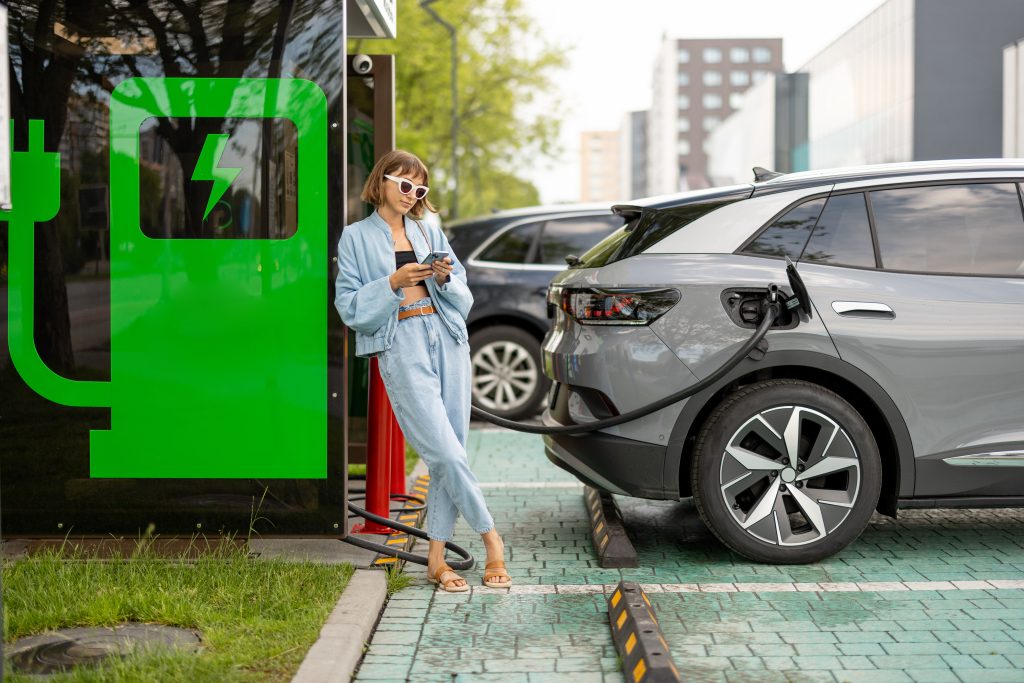In an era where environmental consciousness is at the forefront of global discussions, the integration of green technology has become pivotal in shaping a sustainable future.
Green technology, also known as eco-friendly or clean technology, aims to minimize its impact on the environment while addressing the pressing issues of climate change, pollution, and resource depletion.

This article explores the significance of green technology and highlights some innovative examples that are paving the way for a greener tomorrow.
The Essence of Green Technology
Green technology involves the development and application of products, services, and systems that harness renewable resources, reduce emissions, and promote environmental conservation.
Its core principles revolve around energy efficiency, waste reduction, and the use of eco-friendly materials. By adopting these practices, industries and individuals can contribute to mitigating the environmental challenges posed by traditional technologies.
Examples of Green Technology:
Solar Power: One of the most prominent examples of green technology is solar power. Solar panels harness energy from the sun and convert it into electricity, offering a clean and sustainable alternative to fossil fuels.

As technology advances, innovations such as thin-film solar cells and solar paint are emerging, making solar energy more accessible and efficient.
Wind Turbines: Wind turbines capture the kinetic energy of the wind and convert it into electricity. This form of renewable energy has gained popularity globally, with towering wind farms generating substantial power.

Improvements in turbine design, such as vertical-axis turbines and offshore installations, continue to enhance the efficiency and reliability of wind energy.
Electric Vehicles (EVs): The automotive industry is undergoing a transformation with the rise of electric vehicles.

EVs significantly reduce greenhouse gas emissions compared to traditional internal combustion engine vehicles.

Advancements in battery technology, such as solid-state batteries, are increasing the range and charging speed of electric vehicles, making them a more viable and sustainable transportation option.
Green Building Design: Green building technologies focus on creating structures that are energy-efficient, environmentally friendly, and resource-efficient.

Features like green roofs, energy-efficient lighting, and sustainable construction materials contribute to reducing the environmental impact of buildings.
Smart building systems further optimize energy usage, enhancing overall efficiency.

Waste-to-Energy Technology: Converting waste into energy not only helps manage the growing waste crisis but also provides a sustainable energy source.
Technologies like anaerobic digestion and incineration with energy recovery allow for the generation of electricity or heat from organic waste, turning a potential environmental burden into a valuable resource.
Green technology stands as a beacon of hope in the quest for a sustainable and eco-friendly future. By embracing innovations that prioritize environmental conservation, we can transition towards a cleaner, greener planet.



